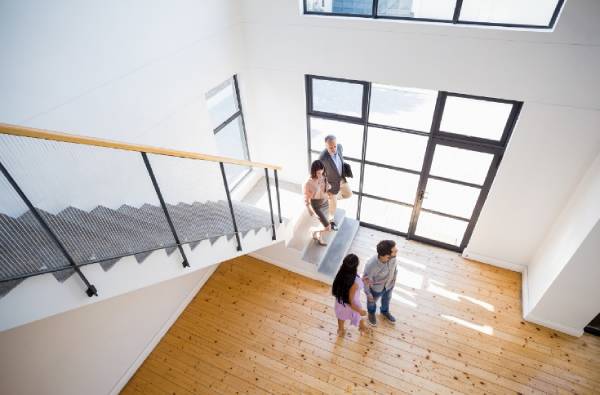
As a property owner and provider of a home rental service, performing property inspections is an essential part of your job. Even if you have cooperative and responsible tenants, doing routine inspections can help avoid big problems to occur.
By conducting regular inspections, you also communicate to a renter the condition you expect the property to be in when their lease ends. After all, if you don’t care about the property, why should they?
Having a good owner-tenant relationship involves cooperation and communication, and this especially applies to handle a rental property inspection. Below, we will provide tips on when to perform one, and how to do so without compromising your tenant’s privacy.
What is a Rental Property Inspection?
A rental property inspection is an efficient way to check your property’s condition. This is essential because as previously mentioned, doing so can save you from encountering serious problems during a tenant’s move in or move out.
The inspection is often done while your renter is present so they are informed and aware of any issues or concerns that arise. It’s also an opportunity for you to fix any previously unnoticed repairs before the tenant moves in, which sets the stage for a positive professional relationship.
When to Perform One?

If you’re planning rental property inspections in Salt Lake City or anywhere in Utah, here is a list of different types and the ideal timing for conducting them:
- Moving-in inspection – Do this inspection with the tenant during the moving in process, but preferably before the actual move-in date. You can use a move-in checklist to document any issue then ask the tenant to sign and date the form.
- Moving-out inspection – This inspection helps you determine the condition of the property when your renter vacates. Take note that it is recommended to schedule the inspection on the day your tenant leaves.
- Routine inspection – It is recommended by experts to do an inspection every three to six months to make sure that the property is still in its best condition. Remember that it’s still your responsibility to maintain your property and have repairs done as needed.
The Dos and Don’ts
- Do give prior notice – Be sure to give your tenants a heads up before conducting an inspection. Don’t just barge in just because you own the place. Remember that your tenants also have rights and consider their privacy. In addition, this will allow you and your tenant to talk personally about the condition of the property.
- Do explain that inspection is necessary and beneficial – Providing a reason for your visit helps the tenant to understand that it benefits them as well.
- Do not take photos of personal items – While some landlords support written documentation with photos, it is a basic rule of thumb to ensure you will not jeopardize your tenant’s privacy. Taking photos of their personal items is against the law. You don’t want to be tangled in an unwanted legal dispute, right?
- Do not engage in a verbal argument with tenants – As the owner, it is normal to take pride in your property, so seeing your investment neglected or damaged is somehow painful to take. Even if that is the case, keep a cool head and be professional in dealing with issues.
Engaging in the rental property industry comes with inevitable situations like property damage. In line with that, performing inspections throughout the lease period is a necessary protection for you and your property.
